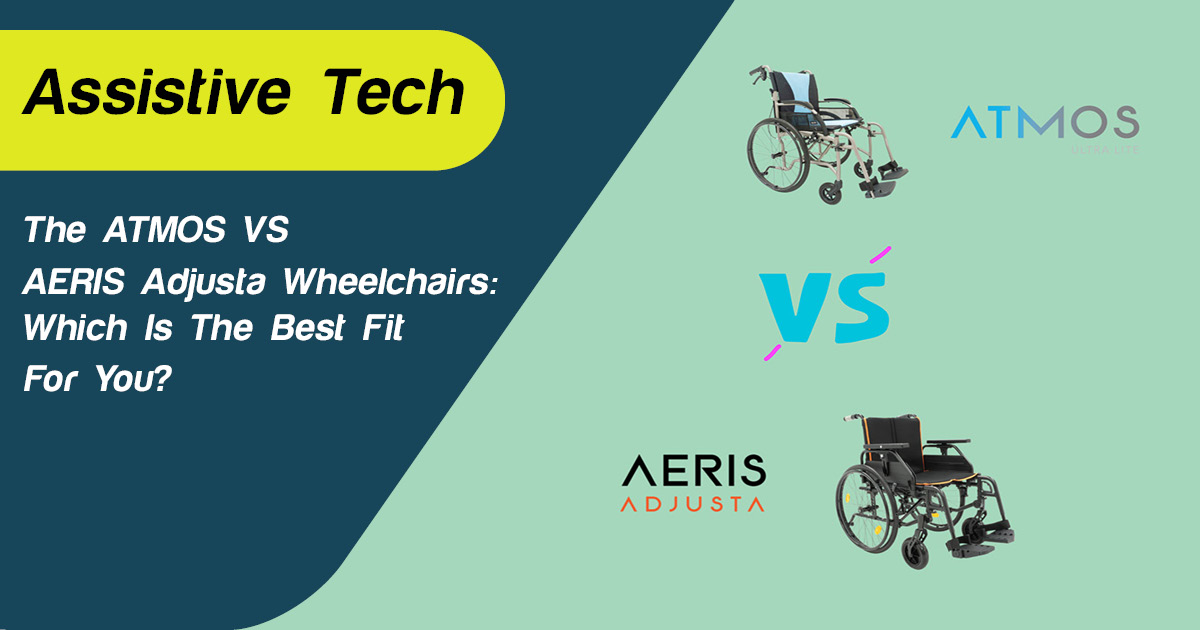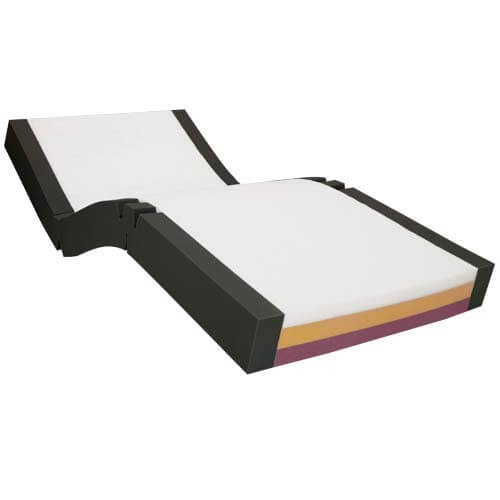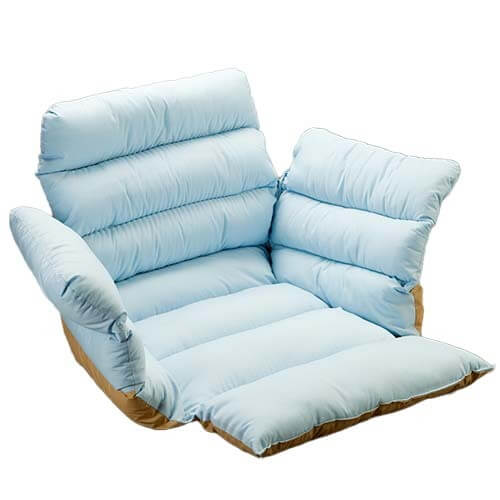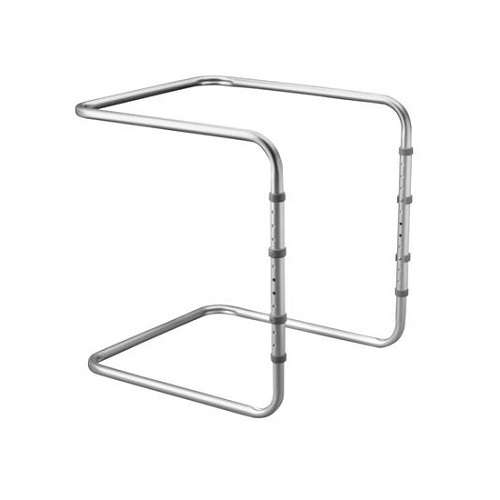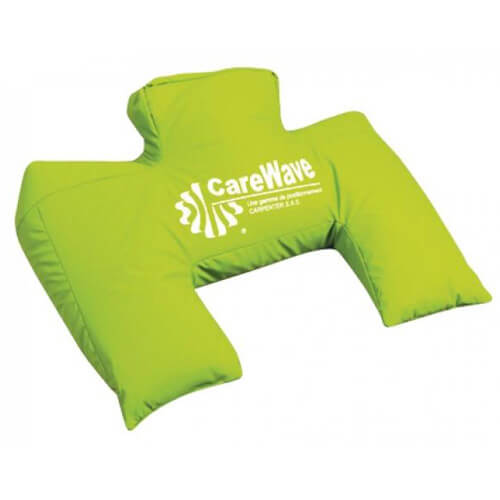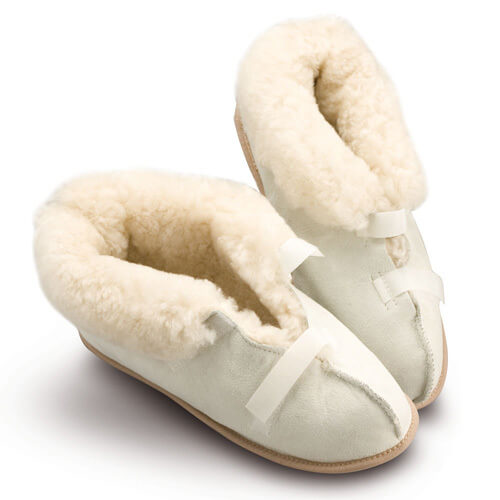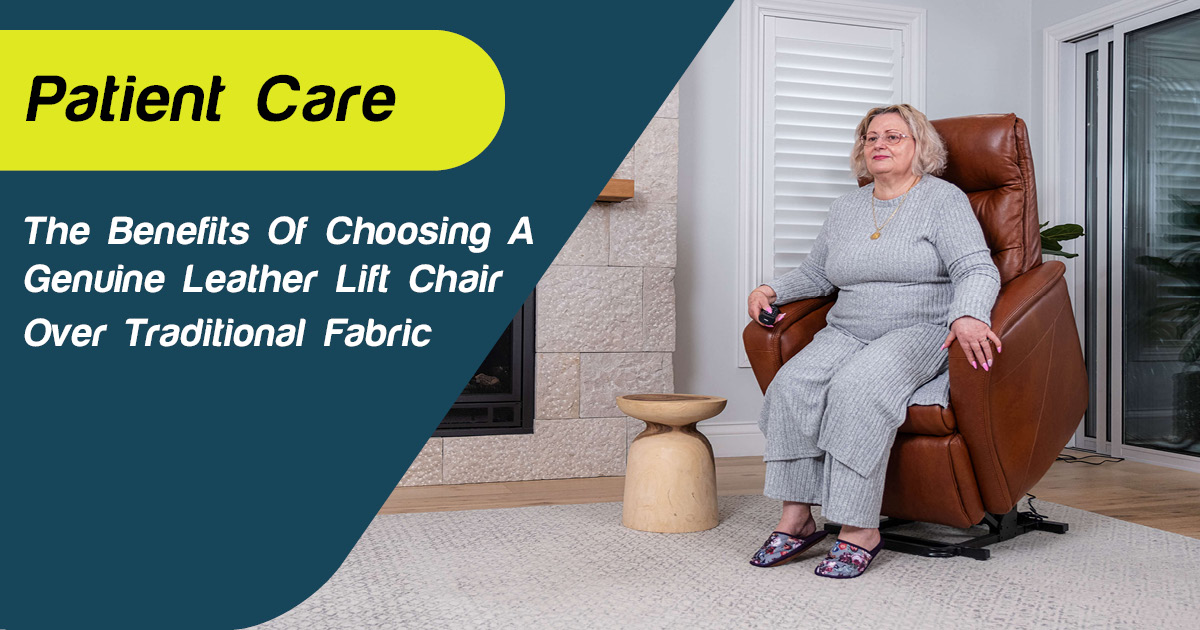
Share
Pressure injuries can have a devastating impact on your client’s health and quality of life. These painful wounds often develop when someone is confined to a bed or wheelchair for extended periods.
Understanding pressure injury prevention strategies is crucial to protecting your client or loved one from these debilitating conditions.
Here, we'll explore pressure injuries and the risk factors contributing to their development. You'll learn how to prevent pressure injuries with early detection methods to keep your client’s skin healthy, and we'll also discuss how to identify clients at risk and the key strategies for managing pressure injuries if they occur.
By the end, you'll have a comprehensive understanding of preventing and detecting these challenging wounds.
Understanding pressure injuries

ID 46851451 © Katarzyna Bialasiewicz | Dreamstime.com
What is a pressure injury?

Pressure injuries are localised areas of damage to the skin and underlying soft tissue. They typically occur over bony areas due to prolonged pressure and reduced blood flow to the area or a combination of pressure and shear forces. These injuries can develop quickly in people with reduced mobility, like those confined to a bed or wheelchair.
Pressure injuries are classified into stages based on their severity:
- Stage 1: Non-blanchable redness of intact skin
- Stage 2: Partial-thickness skin loss with exposed dermis
- Stage 3: Full-thickness skin loss
- Stage 4: Full-thickness skin and tissue loss, exposing underlying structures
There are also unstageable and deep tissue injuries, which may not be immediately visible on the skin's surface.
High-risk areas
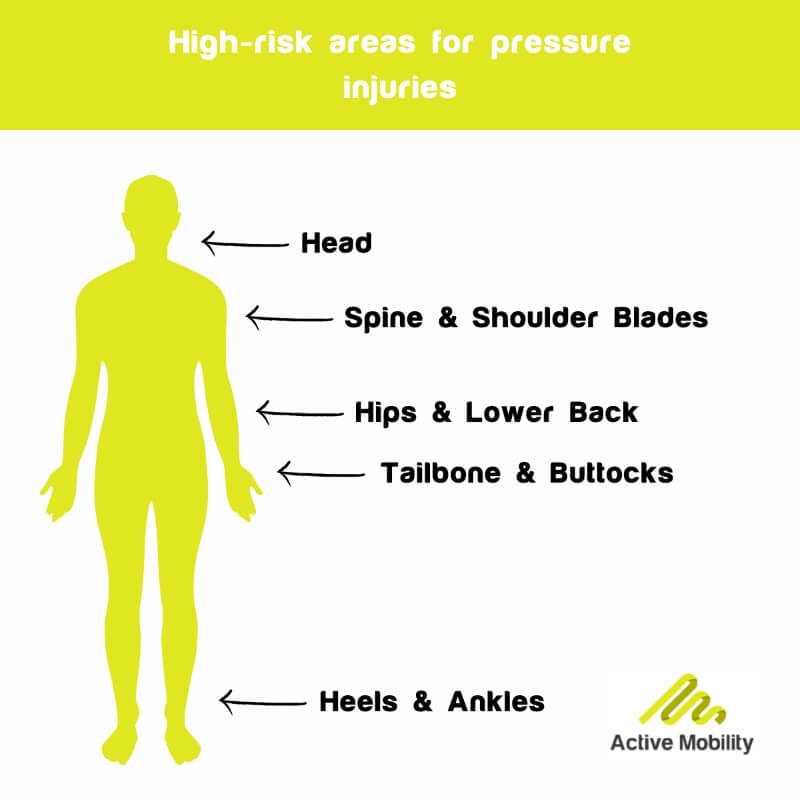
Certain parts of the body are more prone to developing pressure injuries. For people who use wheelchairs, common sites include the tailbone, buttocks, shoulder blades, and spine. If your client is confined to bed, pressure injuries can occur on the back or sides of the head, shoulder blades, hips, lower back, heels, and ankles.
Understanding the risk factors and implementing effective prevention strategies are crucial to preventing pressure injuries. Regular skin inspections, proper positioning, and the use of pressure-relieving devices are essential components of a comprehensive pressure injury prevention plan.
Common risk factors

To prevent pressure injuries effectively, it's crucial to identify clients at a higher risk. This involves recognising common risk factors that contribute to the development of pressure injuries.
Several factors can increase a person's risk of developing pressure injuries:
- Decreased mobility: Patients confined to bed or with limited movement are at higher risk.
- Poor nutrition: Malnutrition can affect skin integrity and healing capacity.
- Skin moisture: Excessive moisture from incontinence or perspiration can make skin more vulnerable.
- Age: Older adults, particularly those over 70, are at increased risk due to changes in skin integrity.
- Sensory impairment: Reduced ability to feel pain or discomfort can lead to prolonged pressure on vulnerable areas.
Essential pressure injury prevention strategies

ID 19653862 © Ginasanders | Dreamstime.com
To prevent pressure injuries effectively, you need to implement a comprehensive approach addressing the risk factors mentioned above. Focusing on key strategies can significantly reduce the likelihood of developing these painful and potentially life-threatening wounds.
#1: Repositioning
One of the most crucial pressure injury prevention strategies is regular repositioning. You should aim to change your client’s position at least every two hours if confined to a bed and as frequently as every 15 minutes if they’re using a wheelchair (or encourage them to do so themselves, if they can).
This helps relieve pressure on vulnerable areas and maintain proper blood flow. When repositioning, it's important to avoid sliding or slipping, as this can cause friction and shear forces that can damage the skin.
#2: Skin care & moisture management
Maintaining healthy skin is vital in preventing pressure injuries. You should establish a skincare routine that includes gentle cleansing with a pH-balanced cleanser and regular moisturising to keep your client’s skin supple.
We recommend the MoliCare Skin Cleansing Foam and Body Lotion, as pictured below. The cleanser has a low pH 5.5 skin-balanced formula, helping to preserve the skin's acid protection mantle, which acts as a barrier to infection. No water is required, and it has a refreshing, odour-neutralising scent.
The moisturising lotion provides moisture and lipids for increased skin elasticity and stimulates the skin's metabolism to reinforce its natural protective functions.
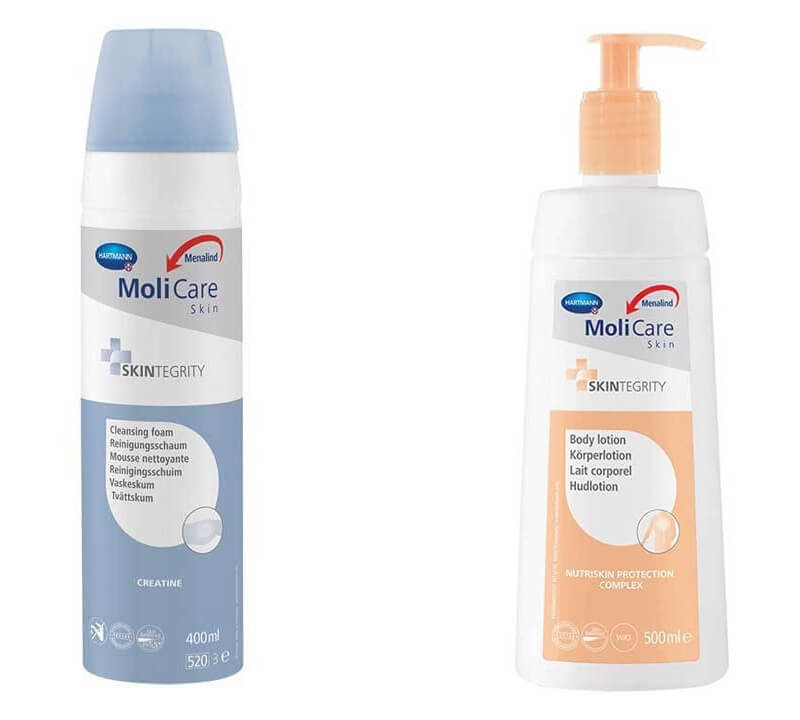
Protecting skin from excessive moisture is just as important, especially if your client has incontinence issues. Use barrier creams or ointments to shield their skin from wetness and regularly change absorbent pads or briefs.
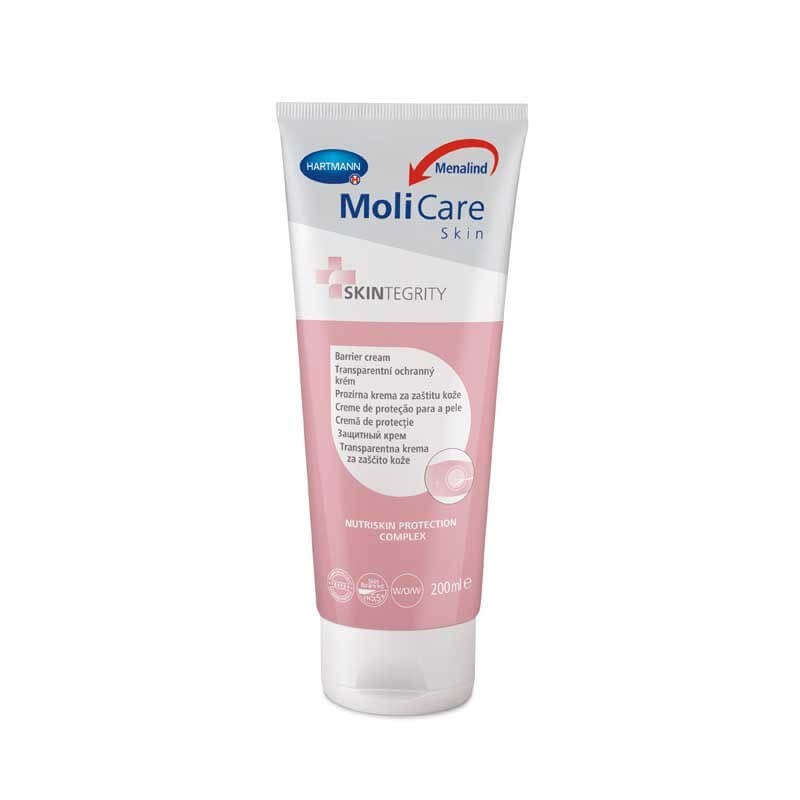
The MoliCare Skin Care Barrier Cream is a zinc-free, low-pH product that forms a protective layer, helping to strengthen the skin’s barrier and promote regeneration. This particular cream is also suitable for clients using incontinence pads or briefs — it won’t reduce their absorbency!
#3: Nutrition & hydration
Proper nutrition and hydration play a significant role in pressure injury prevention. Consult a dietitian for guidance in avoiding malnutrition and dehydration. If your client is confined to bed, an Allied Health specialist can recommend optimal eating and drinking positions to minimise the risk of aspiration.
#4: Pressure injury prevention tools
There are various tools and products available that can help prevent pressure injuries and promote overall comfort. Here’s a breakdown of some effective solutions:
|
Pressure Redistributing MattressesPressure-redistributing mattresses and cushions are designed to distribute weight evenly across the body, reducing pressure on any one area and helping to minimise the risk of tissue damage. These mattresses come in various styles and materials, including memory foam and gel-infused options, providing enhanced comfort and support tailored to individual needs. |
Mattress & Wheelchair OverlaysMattress and wheelchair overlays are another great option. These lightweight, portable layers can be placed on top of any mattress or wheelchair to provide additional cushioning and pressure relief. They are typically made from materials like foam, silicone, or gel, and they can be particularly useful for those who want an easy and cost-effective solution to improve comfort without replacing the entire mattress or wheelchair. |
|
Bed CradleThis bed cradle is designed to lift heavy blankets and bedding off the lower legs, providing relief and protection for individuals at risk of pressure injuries. By preventing direct pressure on sensitive areas, especially around the feet and legs, this cradle helps reduce the likelihood of skin breakdown and discomfort. Its adjustable height allows for custom positioning to suit various bedding needs, making it a practical solution for improved comfort and skin health. |
WendyLett SheetsWendyLett sheets are crafted to aid in safe, effortless bed mobility, ideal for those with limited movement. The smooth, low-friction material allows easy turning, shifting, and repositioning, helping reduce the risk of pressure injuries by minimising friction and shear forces on the skin. This ease of movement enhances comfort and supports carers, simplifying repositioning tasks while reducing strain. |
|
Support SurfacesIn addition to mattresses, other support surfaces like specialised cushions can be used. These cushions are often designed to fit specific areas of the body, like the seat, neck and head, or back, alleviating pressure where it’s needed most. Some products even include adjustable firmness levels, allowing users to customise their support based on personal comfort. |
Offloading DevicesOffloading devices can significantly improve the comfort of individuals with sensitive areas, like heels and elbows. These products relieve pressure on vulnerable areas, reducing the risk of developing sores. Some popular offloading solutions include cushioned heel protectors and specialised boots that cradle the foot while keeping it elevated and free from pressure. |
Choosing products that best fit personal needs is essential, as comfort and support prevent these issues. Whether upgrading to a pressure-redistributing mattress or using offloading devices, these preventative measures can lead to a healthier and more comfortable lifestyle.
Early detection & management

ID 146276444 © Pressmaster | Dreamstime.com
Regular skin assessments are vital in identifying potential issues before they escalate. Perform a comprehensive head-to-toe examination of your client’s skin daily and pay close attention to areas over bony prominences, like the sacrum, buttocks, heels, and elbows.
Look for changes in skin colour, texture, or temperature. Non-blanchable redness, which doesn't turn white when pressed, is an early sign of tissue damage.
Act quickly if you notice warning signs of a pressure injury. Change the client’s position to relieve pressure on the affected area, and if the condition doesn't improve within 24 to 48 hours, contact their healthcare provider. For open sores, follow the doctor's instructions on cleaning the area to prevent infection.
Accurate documentation is also essential for effective pressure injury management. Record all skin assessment findings, including the location, size, and appearance of any injuries—this information helps healthcare providers track progress and adjust treatment plans as needed.
Remember: early detection and proper management are key to preventing pressure injuries from worsening!
Complete your pressure injury prevention strategy with Active Mobility
To enhance your pressure injury prevention strategies, Active Mobility offers a range of products designed to improve comfort and reduce risk. From pressure-relieving mattresses and cushions to wearable offloading devices and more, we stock everything you need to prevent painful pressure injuries for your client or loved one.
When selecting pressure care products, it's crucial to consult with a healthcare professional or occupational therapist to ensure the products meet your specific needs. Active Mobility has in-house occupational therapists who can provide expert recommendations and support, helping you to implement effective pressure injury prevention strategies.
Contact us for professional advice, or shop online today!



